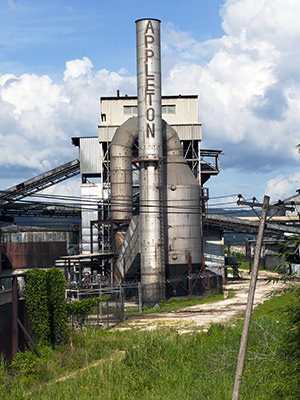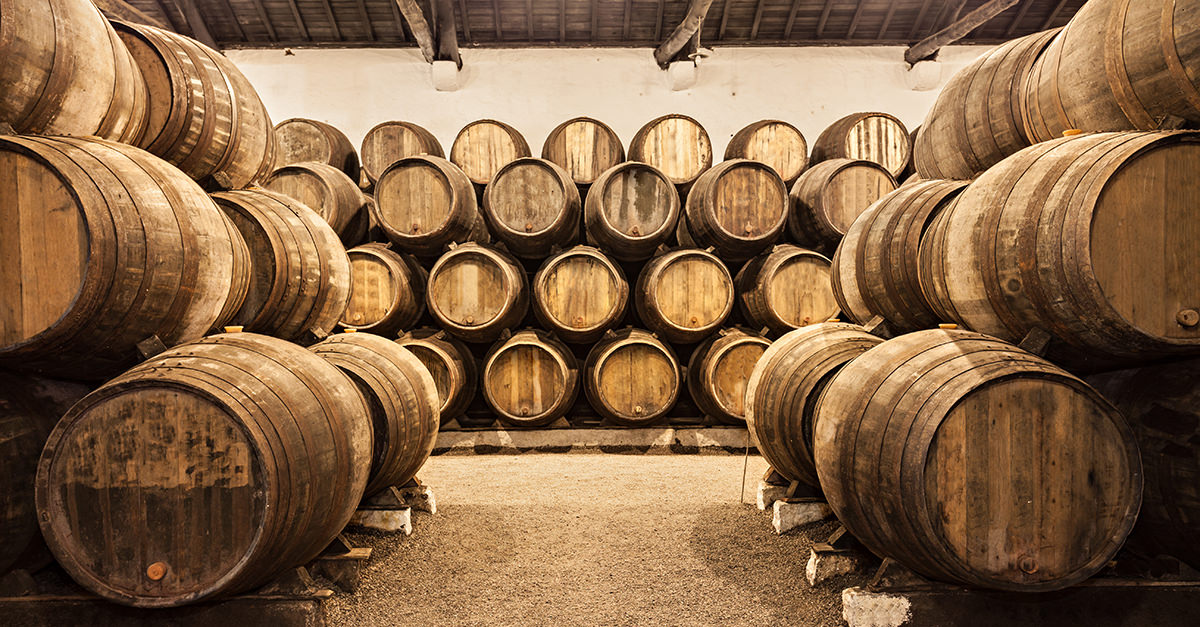You may have to wait until you’re 21 to have a drink in the U.S., but some spirits have to wait until they’re older before they’re ready to be drunk. The question is when should a spirit be aged—and why? And what if you want some right now?
When you age an alcoholic product, you’re counting on a few things—namely time, the aging vessel itself, and a few essential chemical reactions between liquid, air, and container—to change the character of the liquid for the better. With wine or beer, aging properly is about the mastery of these elements. The same is true for spirits.
But not all spirits. The first question to answer is what spirits should be aged? That depends on the base of the spirit and whether it’s column or pot distilled. Because column distillation results in higher alcohol with fewer congeners (compounds that alter the flavor), many column distilled spirits like vodka and London dry gin aren’t as appropriate for aging (not much in there is likely to change). Pot distilled spirits, on the other hand, retain more innate funk and character through the distilling process, and generally benefit from some aging—think Scotch, brandy, mezcal. There are exceptions, of course. (Bourbon is column distilled but very effectively aged.)
So when it’s finally time to age a spirit, what do you age it in? It depends on your goals. Many spirits are aged in some form of wooden cask or barrel, often oak, which imparts tannins and vanillin, among other characteristics, and is readily available. Spirits like Bourbon use charred oak, which will change the nature of the interaction. To further complicate—and enrich—things, distillers may choose to age or “finish” their spirits in casks or barrels previously used to age other spirits, even (increasingly) wine. For instance, a Scotch might be aged first in bourbon barrel and “finished” more briefly in a Sherry cask. It’s a bit complicated, but aging and finishing are really just about figuring out what you want the spirit to taste like, and doing whatever you can to get there. There’s even a kind of glass bottle-aged Mezcal that’s finished for just 43 days in Cabernet barrels.

How a spirit ages also depends on where it’s being aged. Climate can absolutely have an effect on the aging process—imagine leaving a pan of Jell-O out in the desert at midnight, versus the jungle at 2pm. Things like humidity and temperature impact on how the environment treats a product. Bourbon is aged in a fairly dry climate, while the islands where Scotch is produced are a bit more humid. And both are whiskies! Because rum-producing climates are far more hot and humid, rum is generally aged for a shorter period of time.
Where you’re distilling your spirit (and what in) have a direct impact on the final, essential question of spirits aging: how long? For instance, Bourbon is aged in new (as in “never used”) charred white oak barrels, while Scotch is aged in previously used (often for Bourbon!) barrels. Just like a reused teabag takes longer to steep, previously used barrels take longer to impact the flavor of the liquid inside. But while Scotch producers may have to wait longer, they’re also getting the benefit of those flavors that were previously in the barrel. Meanwhile, an average of 2% of the spirit actually evaporates from the barrel each year, more in hotter climates. Astraight loss for the distillery, this is called the “angel’s share.” (Implying there are a bunch of tipsy angels up there, enjoying our evaporated Scotch.)
Aging might seem complicated, but as you drink aged spirits, you’ll notice some patterns, due to aging limits and also just prime ages for certain spirits. Cognac has to be aged a minimum two years but may be aged as many as eight years and (well) beyond. Scotch whisky has to be distilled at least three years and a day, but most, especially single malts, are aged at least 10 years (though an extremely rare 1938 Mortlach 70-year Speyside single malt went on sale in 2010, for 10,000 Euros a bottle). Tequilas vary, with blancos bottled after distillation, reposados aged two months to a year, and anejos aged at least a year (though since 2006, they can be “ultra-aged” for 3 years in smaller casks for richer flavor). Aging time varies per spirit, and with good reason.
Labeling laws can help here. When in doubt, if a spirit has an age statement on the bottle, it probably matters—and the higher the age, likely the higher the price tag. And don’t always go by color when looking for proof of age. White rums, for instance, are actually aged for a brief period and then charcoal-filtered back to “white,” or clear.
